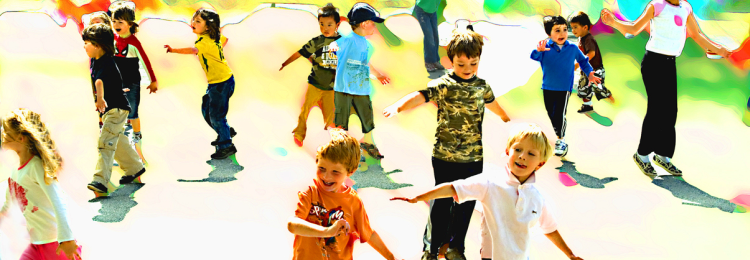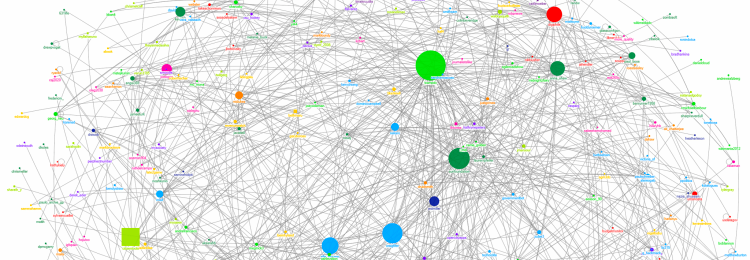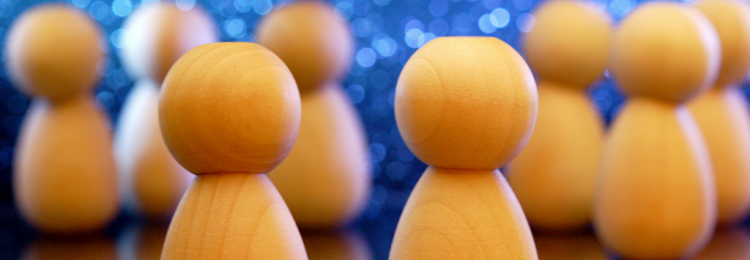


The Laughter Epidemic: An Example of How Much We’re Connected and Affected by Others’ Emotions
Tanzania 1962: In a girls’ boarding school in Africa, three students suddenly started laughing uncontrollably. Six weeks later, more than half the school had been infected. The school was closed and people were sent back to their towns and villages. Ten days later, another curious thing happened: the laughter broke out again in a village over 55 miles away, where some of the students lived. 100s more were affected. Other outbreaks started over a wide area, until the epidemic peated out over six months. By then, over 1,000 people had been affected, though they all fully recovered. So why did it happen? Some villagers thought it was caused by radiation poisoning, and doctors were called in to investigate. Their findings: mass psychogenic illness. Emotions of all kinds can spread quickly. How you feel depends on how others feel. In fact, even a friends’ friends’ friend can affect you. We’re biologically hardwired to mimic people around us. By copying others’ outward behavior, we also adopt their inner emotions: your friend feels happy. She smiles. So you smile, and you feel happier. Positive emotions like this can fuel an emotional stampede, which can often last longer than a stampede of negative emotions. –Excerpt from the above video, “Laughter Epidemic.” Image: "The three gigglers" by Alan...
What Is Social Contagion? How the Spread of Obesity Is an Example of Social Contagion
Social contagion is the spread of thoughts, emotions, and behaviors from person to person and among larger groups as affected by shared information and mimicry. Paul M. Kirsch, “The Influence of Social Contagion and Technology on Epidemic Non-Suicidal Self-Injury,” 2012. The Spread of Obesity: An Example of Social Contagion Social contagion actually may account for as much, or perhaps, even more of a person’s risk of obesity than genetic and other factors that have been previously studied. Academic research shows that, at least in the American population, and maybe in the international population as well, that we are all connected to one another by six degrees of separation. Your friends’ friends’ friends’ friends’ friends’ friend, for example, is going to include just about everybody in the population. And what we find, remarkably in the study, is that although the average degree of separation between individuals is six, here your influence extends up to three degrees of separation. And so, halfway, pretty much half the distance into the social network, your health behavior is having an impact on other people. –Dr. James Fowler in “Obesity and Social Networks – CBS.” Mindless Eating – Explaining Obesity in Terms of Social Contagion Image: "TransparencyCamp 2012 - #tcamp12 social network graph [1/2]"...
How to Shift from Competitive Individualism to Cooperation for a Greater Good
Cooperation—not competition—underpins innovation. To spur creativity, and to encourage people to come up with original ideas, you need to use the lure of the carrot, not fear of the stick. Cooperation is the architect of creativity throughout evolution, from cells to multicellular creatures to anthills to villages to cities. Without cooperation there can be neither construction nor complexity in evolution. –Martin Nowak with Roger Highfield, SuperCooperators: Altruism, Evolution, and Why We Need Each Other to Succeed. In recent papers, Dr. Martin Nowak has argued that cooperation is one of the three basic principles of evolution. The other two are mutation and selection. On their own, mutation and selection can transform a species, giving rise to new traits like limbs and eyes. But cooperation is essential for life to evolve to a new level of organization. Single-celled protozoa had to cooperate to give rise to the first multicellular animals. Humans had to cooperate for complex societies to emerge. “We see this principle everywhere in evolution where interesting things are happening,” Dr. Nowak said. While cooperation may be central to evolution, however, it poses questions that are not easy to answer. How can competing individuals start to cooperate for the greater good? And how do they continue to cooperate in the face of exploitation? To answer these questions, Dr. Nowak plays games. The B/C>K Equation = When the Benefit-to-Cost (B/C) Ratio of Cooperation Is Greater than the Average Number of People in the Network (K), then Cooperation Emerges As Dr. Nowak developed his neighborhood game model, he realized it would help him study human cooperation. “The reality is that I’m...
What Is Flow Experience? Can We Help Each Other Experience Flow More Often Than What Is Described Here?
When you are really involved in this completely engaging process of creating something new, you do not have enough attention left over to monitor how your body feels, or your problems at home. You cannot feel even that you’re hungry or tired. Your body disappears, your identity disappears from your consciousness, because you don’t have enough attention, like none of us do, to really do well something that requires a lot of concentration, and at the same time to feel that you exist. So existence is temporarily suspended. This automatic, spontaneous process that is being described can only happen to someone who is very well trained and who has developed technique. And it has become a kind of a truism in the study of creativity that you cannot be creating anything with less than 10 years of technical-knowledge immersion in a particular field. Whether it is mathematics or music, it takes that long to be able to begin to change something in a way that it is better than what was there before. Now, when that happens, he says the music just flows out. This is the flow experience, and it happens in different realms. –Mihaly Csikszentmihalyi in the TED Talk “Flow, The Secret to Happiness.” All quotes in this post are from this TED talk, which can be viewed also at the bottom of this post. Flow Experience for a Poet For instance, a poet describes it in this form. This is by a student of mine who interviewed some of the leading writers and poets in the United States. And it describes the same effortless, spontaneous...
